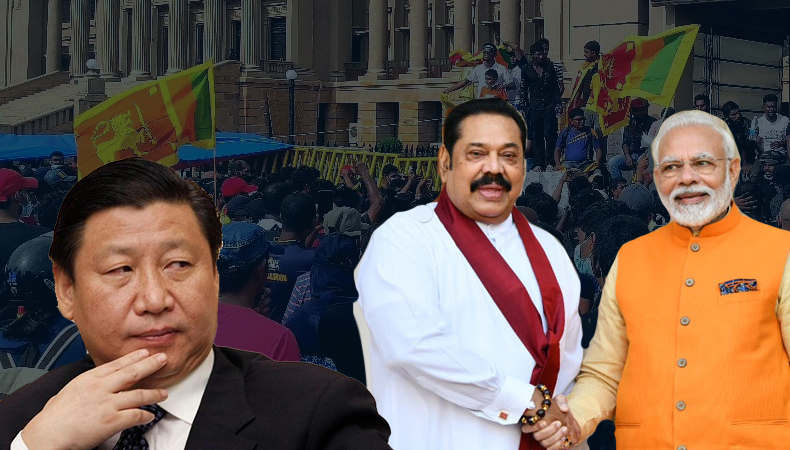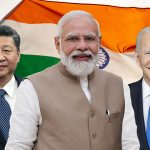Crisis in Sri Lanka offers India chance to gain influence over China


However, India has taken advantage of Sri Lanka’s economic collapse to swing the pendulum back, providing its neighbor with significant financial and material support.
Sreeram Chaulia, dean of the School of International Affairs at O.P. Jindal University in Sonipat, India, asserted that there is no such thing as charity in international politics. The goal is to shift the balance back in favor of New Delhi by chasing China out of India’s backyard.
China imports the vast bulk of its oil from the Middle East through the Indian Ocean shipping lanes, passing through Sri Lanka, a nation of 22 million people off the southern coast of India.
Related Posts
Former Sri Lankan President Mahinda Rajapaksa took on numerous loans as part of Chinese President Xi Jinping’s Belt and Road Initiative to invest money in infrastructure projects across Asia and Africa, including $1.1 billion to create a port in his home region of Hambantota.
When the deep-water port was unable to bring in enough foreign currency to pay China back, Sri Lanka was compelled to give Beijing the facility and thousands of acres of surrounding land in 2017, giving Beijing a strategic foothold immediately across from India’s coastline.
This fueled India’s continued worries about China’s expanding sway in South Asia, especially in the region’s smaller nations like Sri Lanka, Nepal, and the Maldives.
When Indian and Chinese military engaged in violent battles over the contentious Himalayan Ladakh border in 2020, worries about China’s growing regional aggression grew.
According to Rahul Roy-Chaudhury, a London-based analyst with the International Institute for Strategic Studies, Beijing’s maritime strategy currently places a greater military emphasis on the South China Sea and the Pacific, while its interest in Sri Lanka and the Indian Ocean appears to be driven more by economic considerations. “Despite being a developing possibility for China to increase its influence in South Asia and… challenge India’s influence,” he said.
Sri Lanka, like many other countries in the area, is caught in the middle and requires both China and India, whose combined population is close to 3 billion, according to Roy-Chaudhury.














